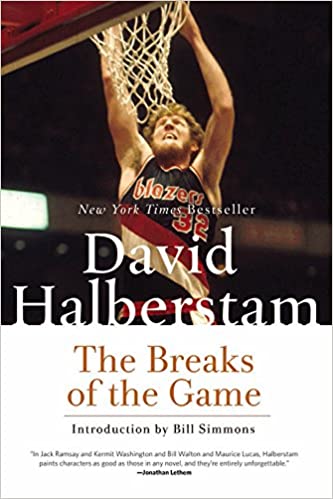Jonathan Strange and Mr. Norrell—Susana Clarke: I’ve fallen headlong into this 1,000 page neo-Victorian novel with its faeries and magic, delightfully drawn human characters, and flat-out world-beating narrator. I’m not sure how I’m going to finish it as the semester ramps up, but I’m going to find a way. The two title characters have just met (it took nearly 300 pages!), and their differences in proximity to one another are intensifying the novel’s already abundant pleasures. One surprising feature? The copious footnotes that delineate the 19th century world of faerie/magic scholarship.
The Case of the Screaming Woman—Erle Stanley Gardner: This novel produced my favorite episode of the television series. I’ve been looking forward to reading the novel, and I was delighted to find that Gardner was responsible for my two favorite parts of the show: a tête-à-tête between Perry and a shyster defense attorney and Della having to testify while Perry fends off the DA’s questions with a barrage of objections. Everything from the murder victim to the defendant and murderer were different, but those two scenes were worth the price of admission.
Crime and Punishment—Fyodor Dostoevsky: I am now through four parts of Dostoevsky’s book and am now thoroughly enjoying it. The first two sections started slowly and then gained in interest as they went in. Parts three and four have been fascinating from start to finish. Svidrigailov is a great villain, Dunia and Sonia are strong female characters, and Porfiry? Well, that guy is Columbo avant la lettre. One of the things that I was particularly intrigued by was Sonia reading the story of Lazarus to Raskolnikov. It’s such a moving scene. We rarely see characters who are not ministers read scripture, much less do so in community. This scene is amazing.

